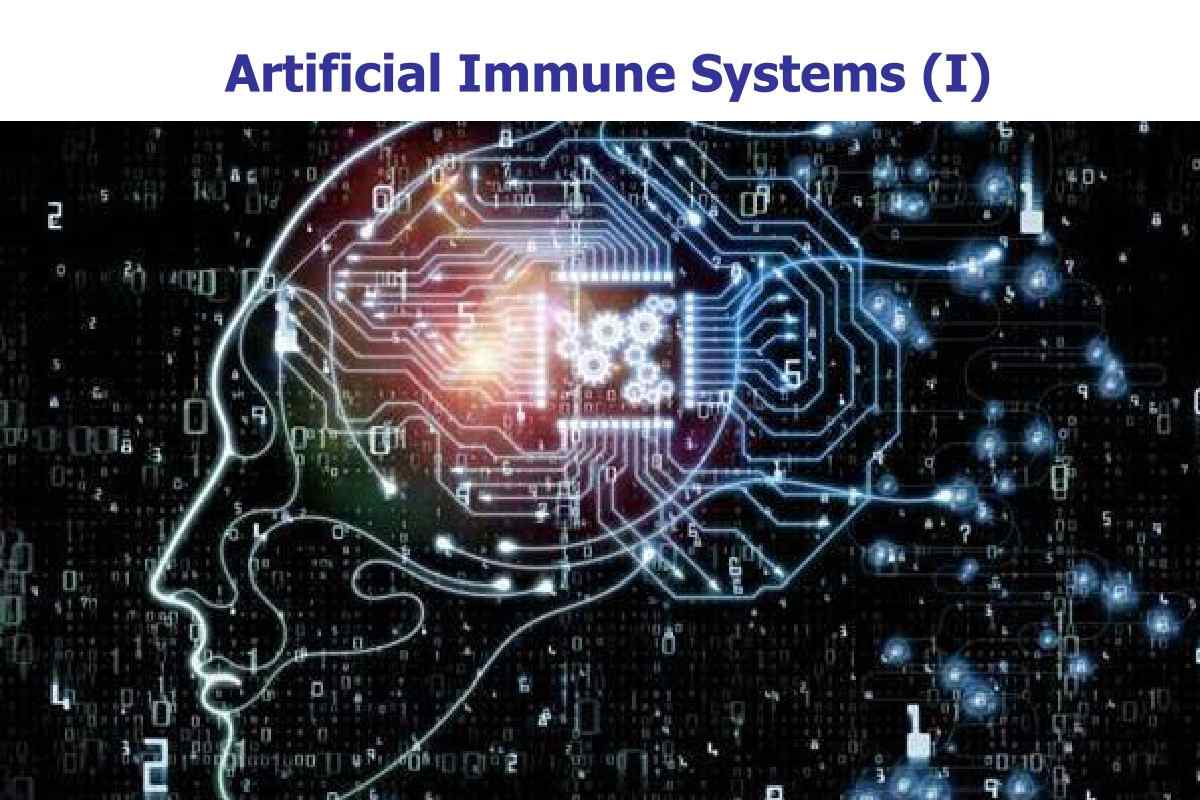What is an Artificial Immune System (AIS)?
An Artificial Immune System (AIS) is like a computer version of your body’s defense squad—the real immune system that fights off germs. Scientists borrow ideas from how our bodies spot and beat invaders to create smart algorithms (step-by-step computer recipes) or tech tools. This can mean building math models of immune cells or pulling out simple rules from biology to solve computer puzzles.
A Quick History of AIS
AIS popped up in the 1980s with papers by scientists like Farmer, Packard, and Perelson (1986), who talked about “immune networks.” But it really took off in the 1990s as its own big field.
In 1994, folks like Forrest and Kephart wrote the first key articles on things like “negative selection” (weeding out bad cells). Dasgupta dug deep into those ideas. By 1995, Hunt and Cooke started on immune network models, and later Timmis and Neal made them even better.
Today, new stuff like the “danger theory” (how the body senses real threats) and ideas from the “innate” immune system (the first line of defense) are buzzing. Some say these aren’t totally new, but the arguments keep things exciting and push AIS forward. Lately, researchers are looking at “degeneracy” (backup plans in cells) for better learning and evolution in computers.
At first, AIS was about simplifying immune tricks for computers. Now, it’s also about mimicking real biology and using these tools for bio-info problems, like studying genes.
In 2008, Dasgupta and Nino wrote a big guidebook on “immunological computing” with tons of examples and uses in tech.
What Can AIS Do? (Cool Uses)
Just like artificial neural networks (brain-like computer setups), AIS can learn new facts, remember old ones, and spot patterns without a boss telling it what to do. It’s like a team of tiny detectives working together. Here’s how it gets used, based on immune ideas:
Tech Tricks from Immune Theories
These pull from how mammals’ adaptive immune systems (the learning part) spot and fight germs.
Clonal Selection Algorithm
Inspired by how B and T cells (immune fighters) get better at battling specific germs over time—called “affinity maturation.” It’s like natural selection:
Selection: Pick the best matches between germs (antigens) and antibodies.
Reproduction: Copy the winners (like cells dividing).
Variation: Mix in random changes (mutations).
This is great for optimization (finding the best solution) or pattern spotting, similar to genetic algorithms but without mixing genes.Negative Selection Algorithm
Based on how T cells learn in the thymus (a body training ground) to ignore “self” cells and only attack outsiders—avoiding friendly fire.
It trains on normal stuff to spot weird anomalies (like viruses). For example, in security, it learns “good” patterns and flags anything fishy, perfect for catching hackers or defects.
Immune Network Algorithms
From a theory by Niels Kaj Jerne: Antibodies can boss other antibodies around, like a web of checks and balances.
Computers build graphs where nodes are antibodies, and lines connect similar ones. It grows or cuts connections based on “affinity” (how well they match). Used for grouping data, visualizing info, controlling systems, or optimizing—like a smarter version of neural networks.
Dendritic Cell Algorithms (DCA)
A newer one mimicking dendritic cells (super scouts that alert the immune team). It looks at everything from tiny cell signals to how a whole crowd of cells acts.
Info gets crunched in layers, like zooming in and out on a map. Great for summing up complex data.
Conclusion
Artificial Immune Systems (AIS) copy the immune system’s setup and smarts to tackle computer challenges in math, engineering, and IT. It’s part of “biologically inspired computing” (nature-powered tech) and ties into machine learning and AI overall. AIS are flexible problem-solvers drawn from immune science—helping computers learn, adapt, and fight “digital germs” just like your body does!


